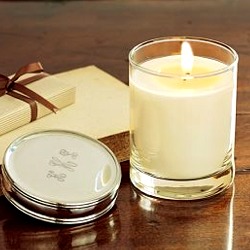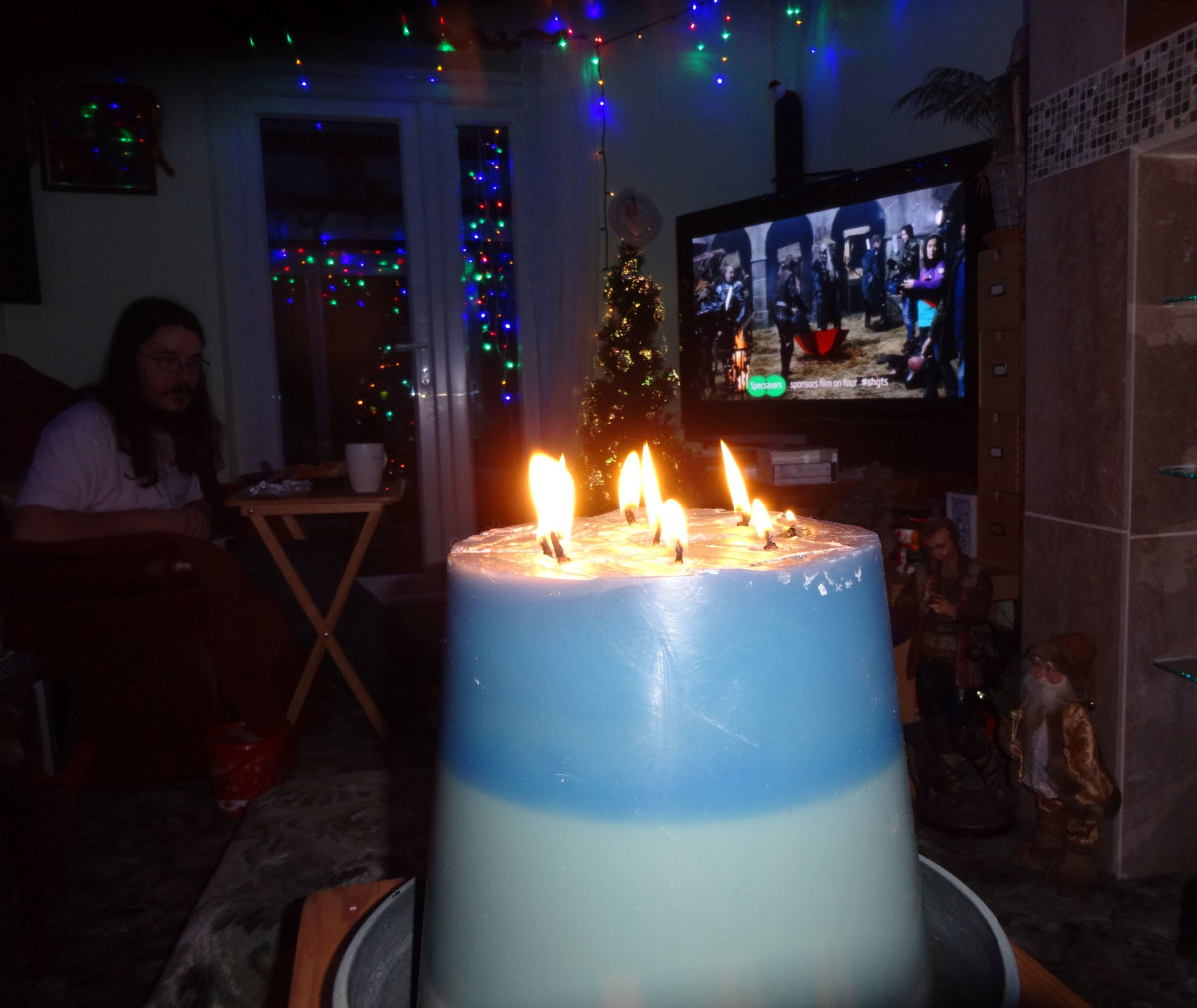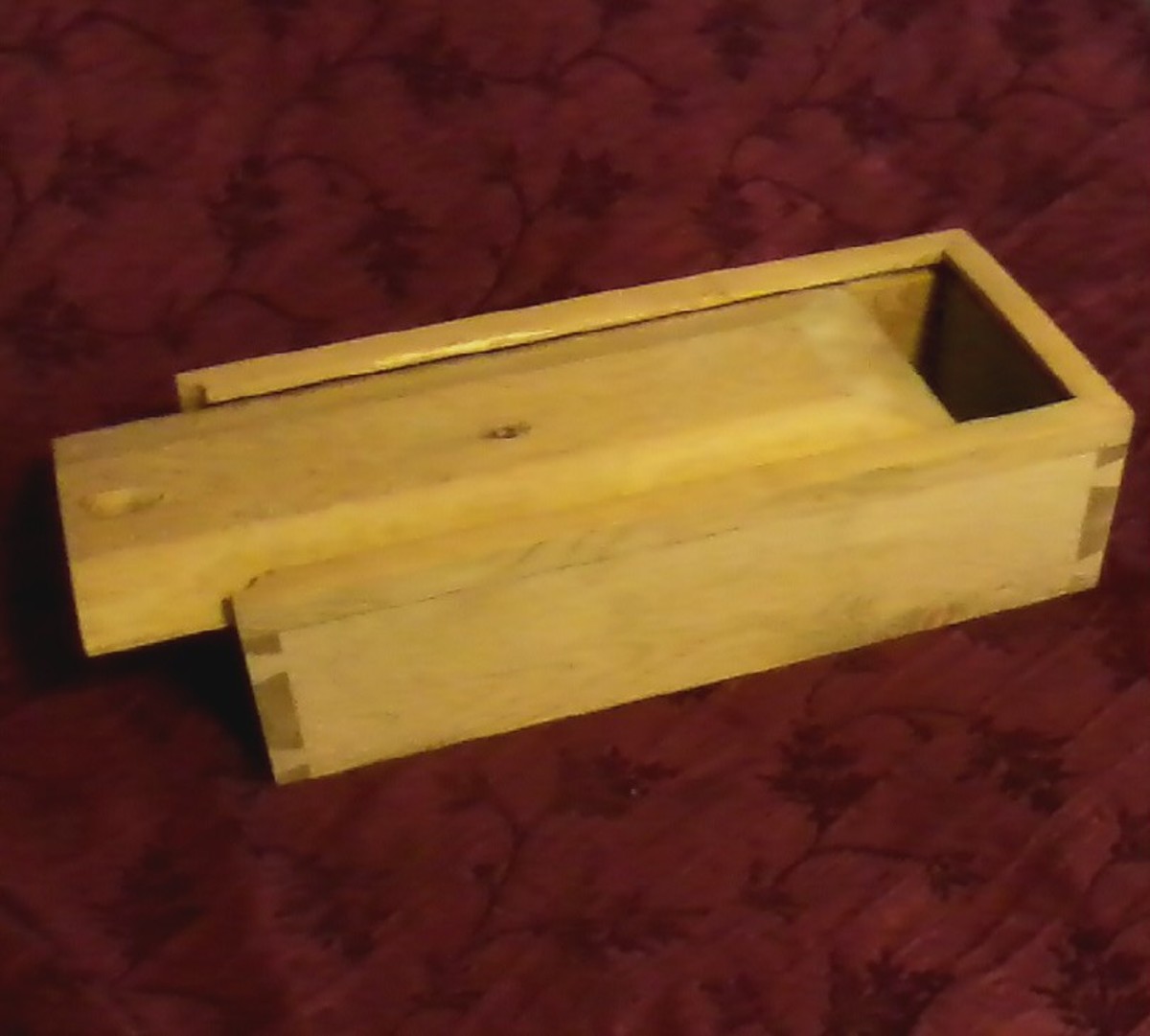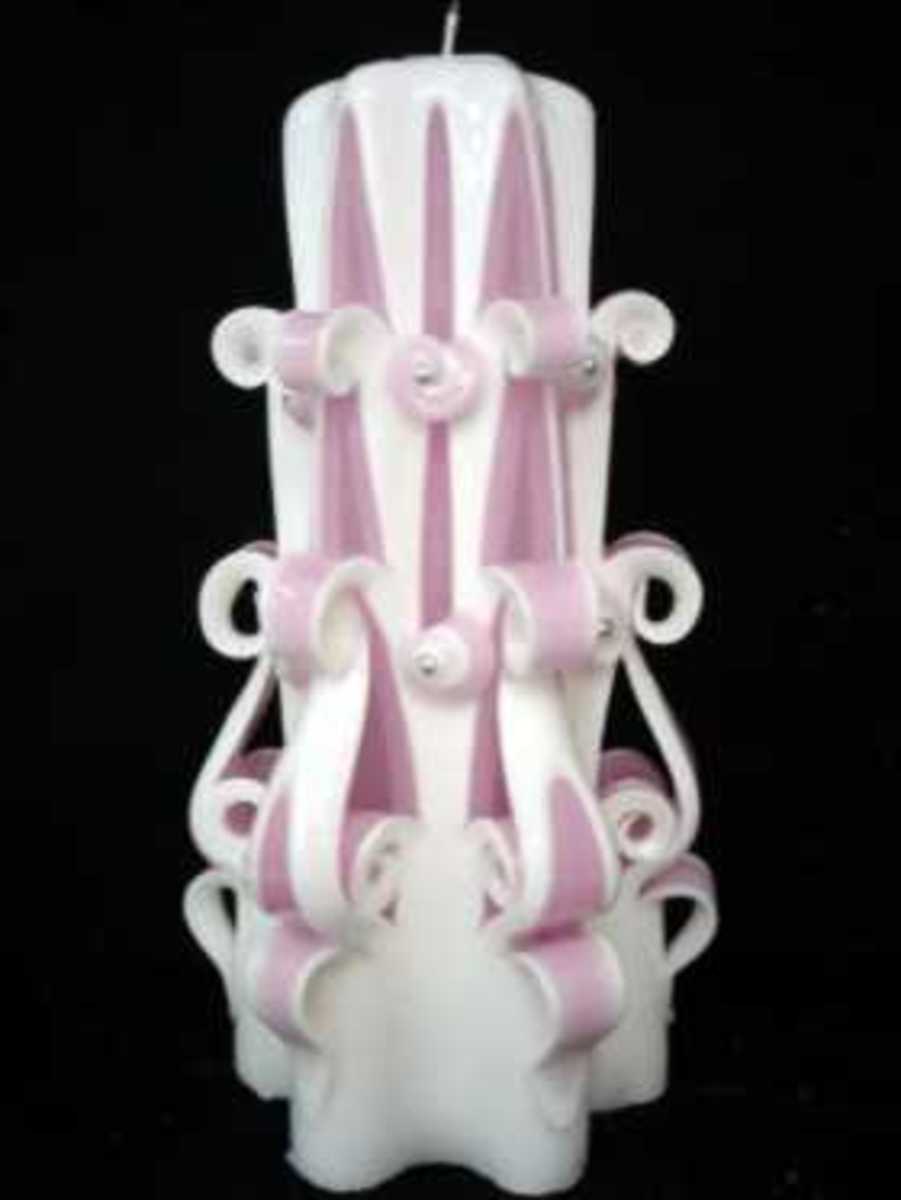How to make candles with soy wax

The Equipment
To make soy candles in containers, you will need the following equipment:
- Soya wax chips or flakes
- A milk pan, or any small pan
- A wooden spoon
- A thermometer
- A container
- Wicks with bases, or string wicks
- Sticky tape
Soy wax, or soya wax, comes as either solids or chips/flakes, and in two blends - pillar and container blends. You'll need container blend (although it is not essential if you've already brought your wax, as they are similarly priced and pillar wax will do the job for container candles - but not the other way around!)
A milk pan is handy, as milk pans come with little lips like a jug for pouring, making pouring the wax into the containers a whole load more simple. But any small pan will do. I recommend you buy one dedicated to wax work, instead of using one of the pans you use for cooking. Same goes for your wooden spoon.
Any kitchen thermometer will do, but again I recommend you buy one that you keep specifically for wax working.This is essential for cooling the wax.
Containers can be anything - from old jam-jars to small espresso cups and beyond! So long as they are heat-resistant, you can use just about any container you like.
Wicks come as two types - a roll of string wick, which can be cut to length, or a pre-cut waxed wick with a metal base. Choose whichever is more suitable for your project; small containers can use pre-cut wicks with bases, whereas larger containers like jam-jars need you to cut a length of wick suitable.
Sticky tape is used to hold the wick in place.
Step 1: Preparing Your Container
Preparing your container is essential to having a beautiful candle at the end of things. Start by washing your container thoroughly in warm, soapy water. If the container is glass you may wish to wipe over the outside of the container with a bit of cotton wool dipped in white spirit (remember to wash your hands afterwards!).
Next, take a bit of sticky tape long enough to stretch over the top of your container. Fold the tape in half lengthways so you have a thin, sticky tube (sticky side out, obviously). Place it so it is slightly off-centre to the centre of your container. This is what will hold the wick in place whilst you poor the wax. If you have metal skewers, or professional wick-holders, use these in place of sticky tape.
Next, position your wick. You'll probably want it in the centre, so drop it down into your container and position it in the centre. If you positioned your tape right then you should be able to lay your wick against the tape so that it stays in position.
Do you make your own candles?
Step 2: Preparing Your Wax
Your wax is the second most important part of your candle, as it can form flaws and crack if you don't treat it properly.
Empty about one and a half times your container's size of wax chips into your pan, and put your pan over a medium heat. You want to melt the wax, but you don't want to burn it, so keep an eye on the heat. It's better to take longer to melt the wax than it is to be impatient and burn it!
Stir the wax with a wooden spoon. If you're adding scent oil, add a few drops just before the wax is fully melted. This will stop the scent oil burning and losing its pretty smell.
When the wax is melted, remove it from the heat.
Insert your thermometer into the wax melt. You'll want your wax to be between seventy and sixty degrees before you start pouring.
Step 3: Pouring
When your wax has cooled enough, stop stirring it and position your pan above your prepared container.
Carefully pour into the container, being careful not to drip any wax down the sides of your container. If you do, wipe it off immediately with a damp cloth before it can set and form an unsightly mark on your candle.
Leave your candle to set at room temperature for 24 hours. After that, the candle will be ready to burn!








